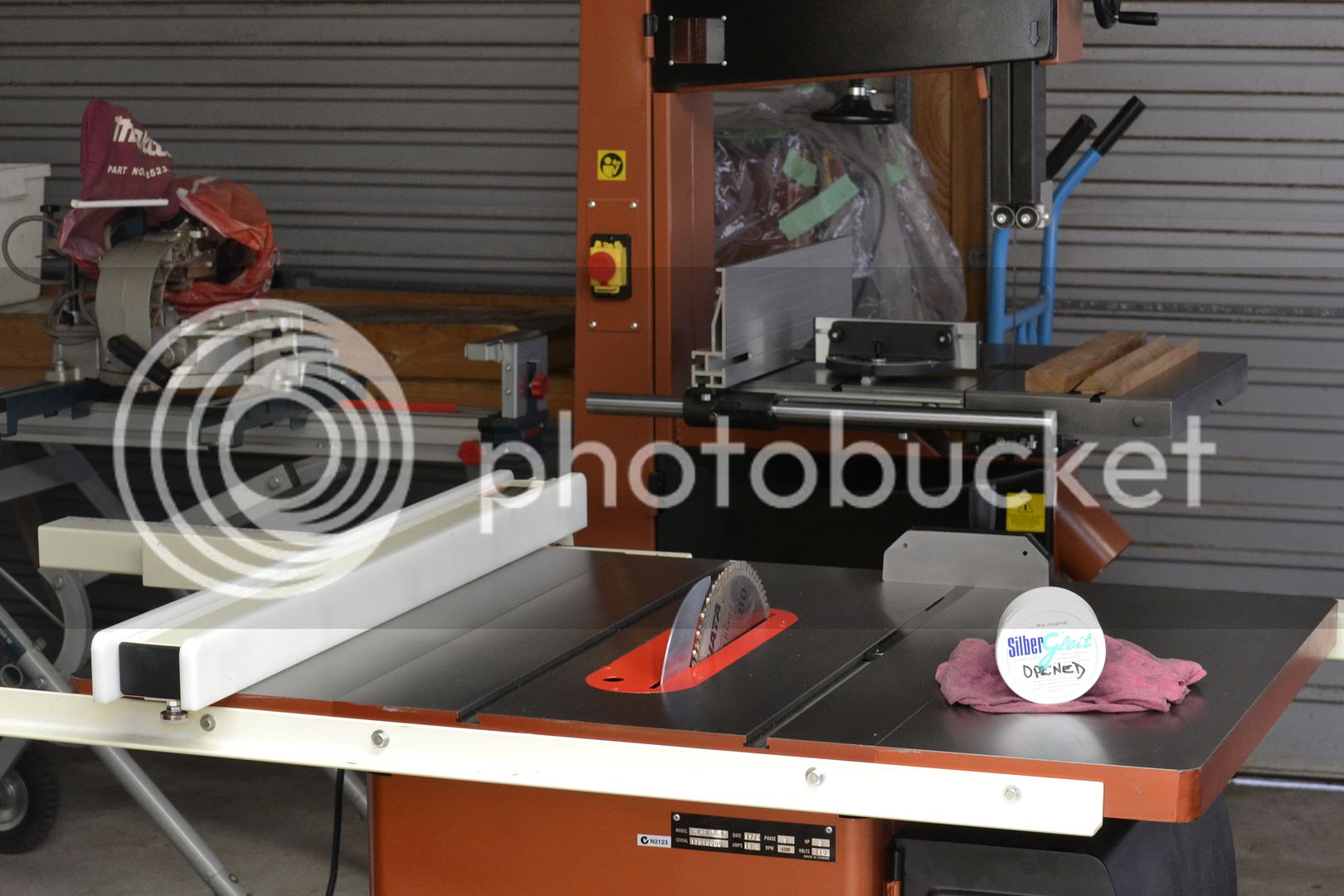whatknot
Established Member
Hi all
What is the preferred finish to apply to tools after restoration
After rust removal and cleaning up I find a wd40 or equivalent works well but isn't long lasting and can be messy if using that item
I wondered what was the preferred substance to use to prevent further corrosion
Wax?
Linseed oil?
I am looking for a way to protect the item (say a set square) and be able to use it without getting covered in wd40 or whatever
What is the preferred finish to apply to tools after restoration
After rust removal and cleaning up I find a wd40 or equivalent works well but isn't long lasting and can be messy if using that item
I wondered what was the preferred substance to use to prevent further corrosion
Wax?
Linseed oil?
I am looking for a way to protect the item (say a set square) and be able to use it without getting covered in wd40 or whatever

































